The Sun Emits a Mid-level Flare and CME
Solar flares are powerful bursts of radiation. Harmful radiation from a flare cannot pass through Earth's atmosphere to physically affect humans on the ground, however — when intense enough — they can disturb the atmosphere in the layer where GPS and communications signals travel. This disrupts the radio signals for as long as the flare is ongoing, anywhere from minutes to hours.
This flare is classified as an M6.5 flare, some ten times less powerful than the strongest flares, which are labeled X-class flares. M-class flares are the weakest flares that can still cause some space weather effects near Earth. This flare produced a radio blackout that has since subsided. The blackout was categorized as an R2 on a scale between R1 and R5 on NOAA's space weather scales.
This is the strongest flare seen so far in 2013. Increased numbers of flares are quite common at the moment, since the sun's normal 11-year activity cycle is ramping up toward solar maximum, which is expected in late 2013. Humans have tracked this solar cycle continuously since it was discovered, and it is normal for there to be many flares a day during the sun's peak activity.
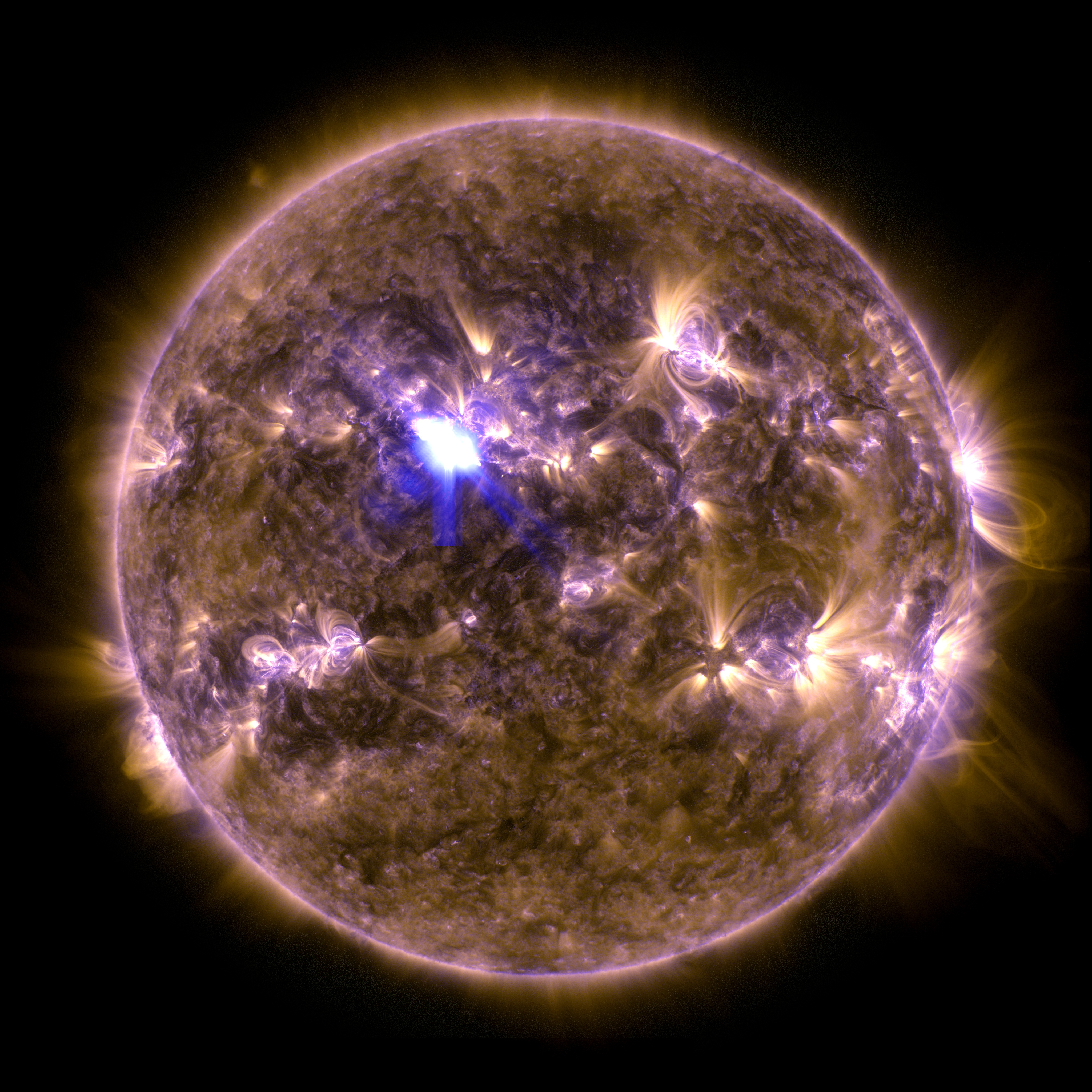
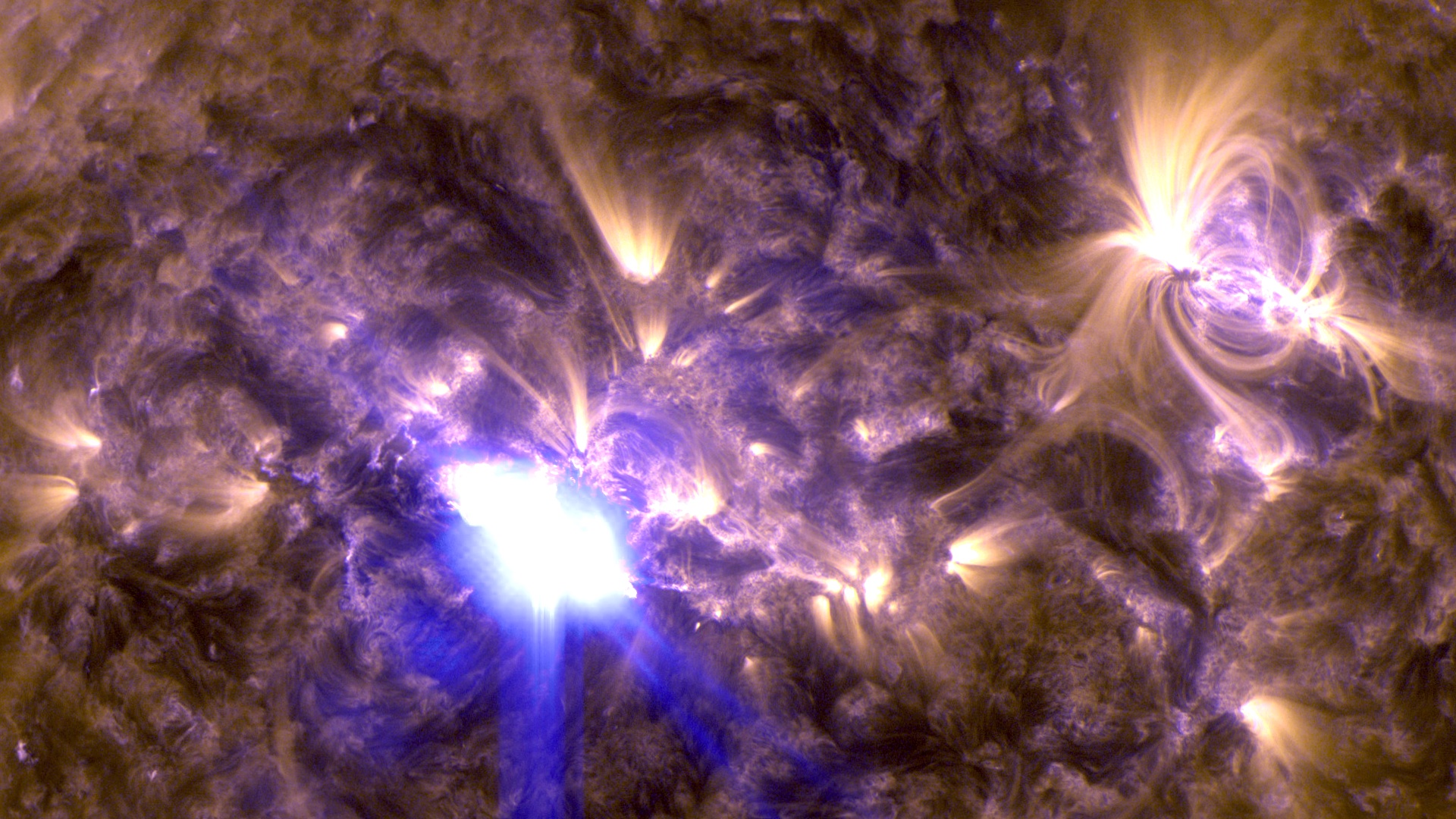
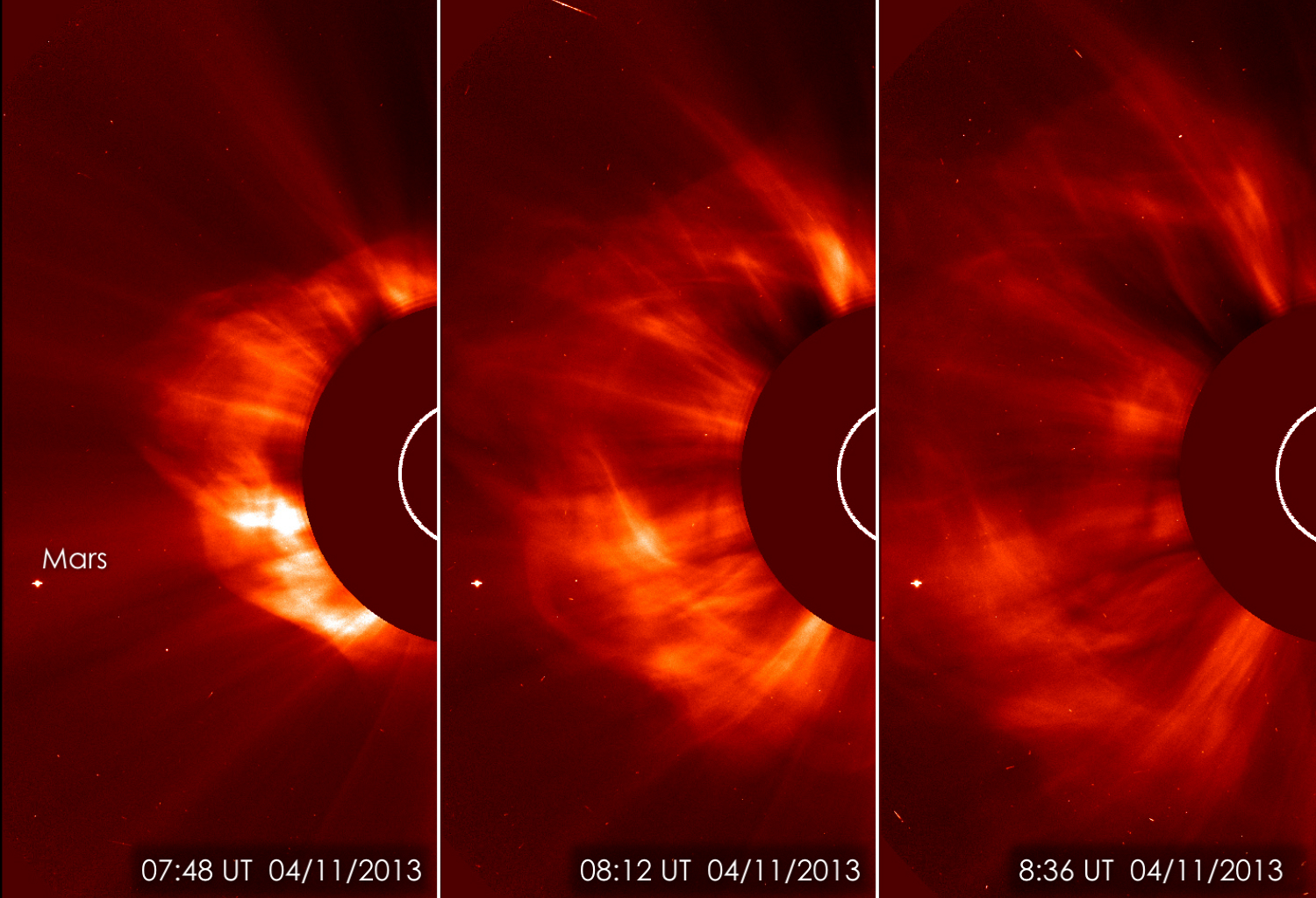
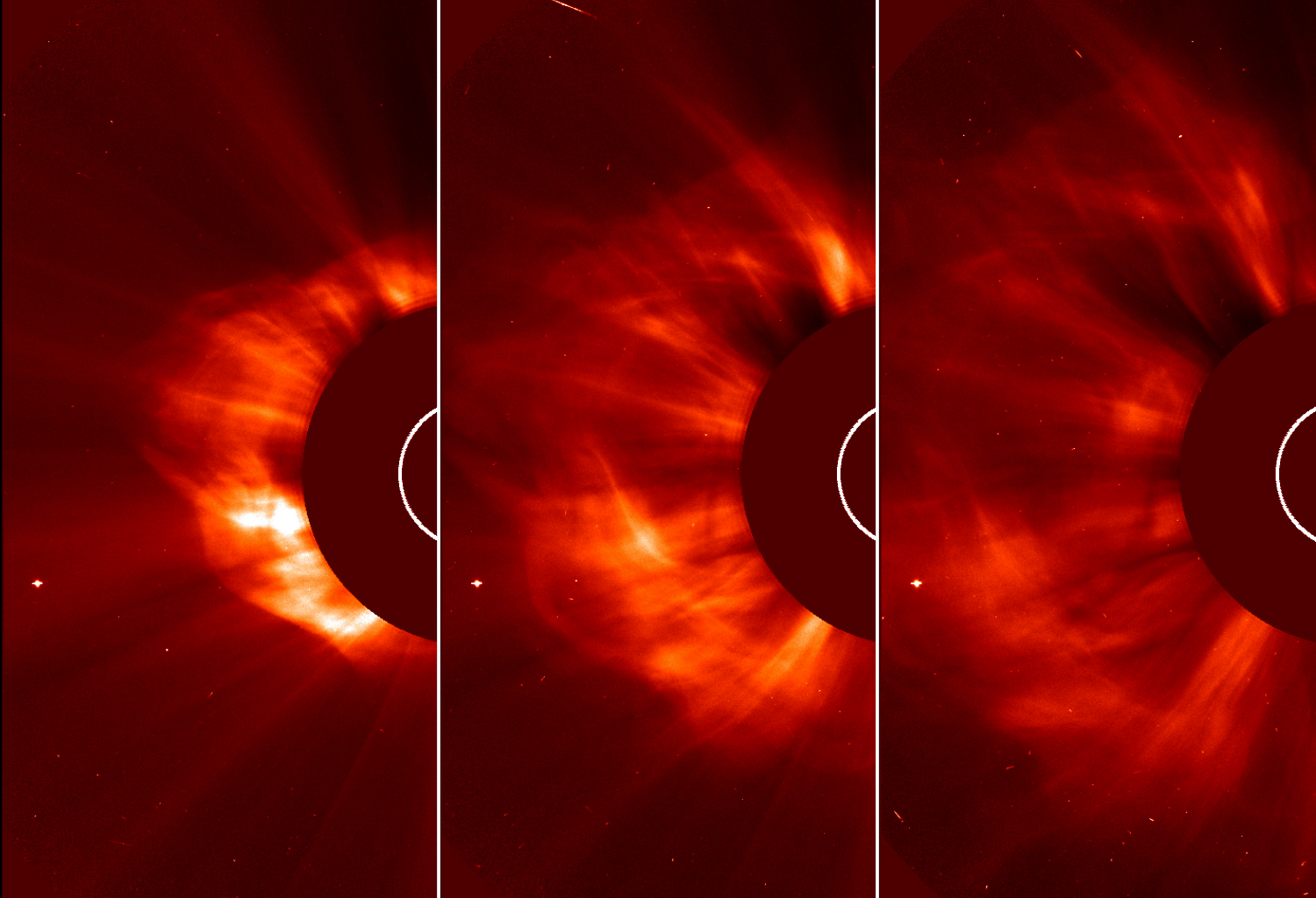
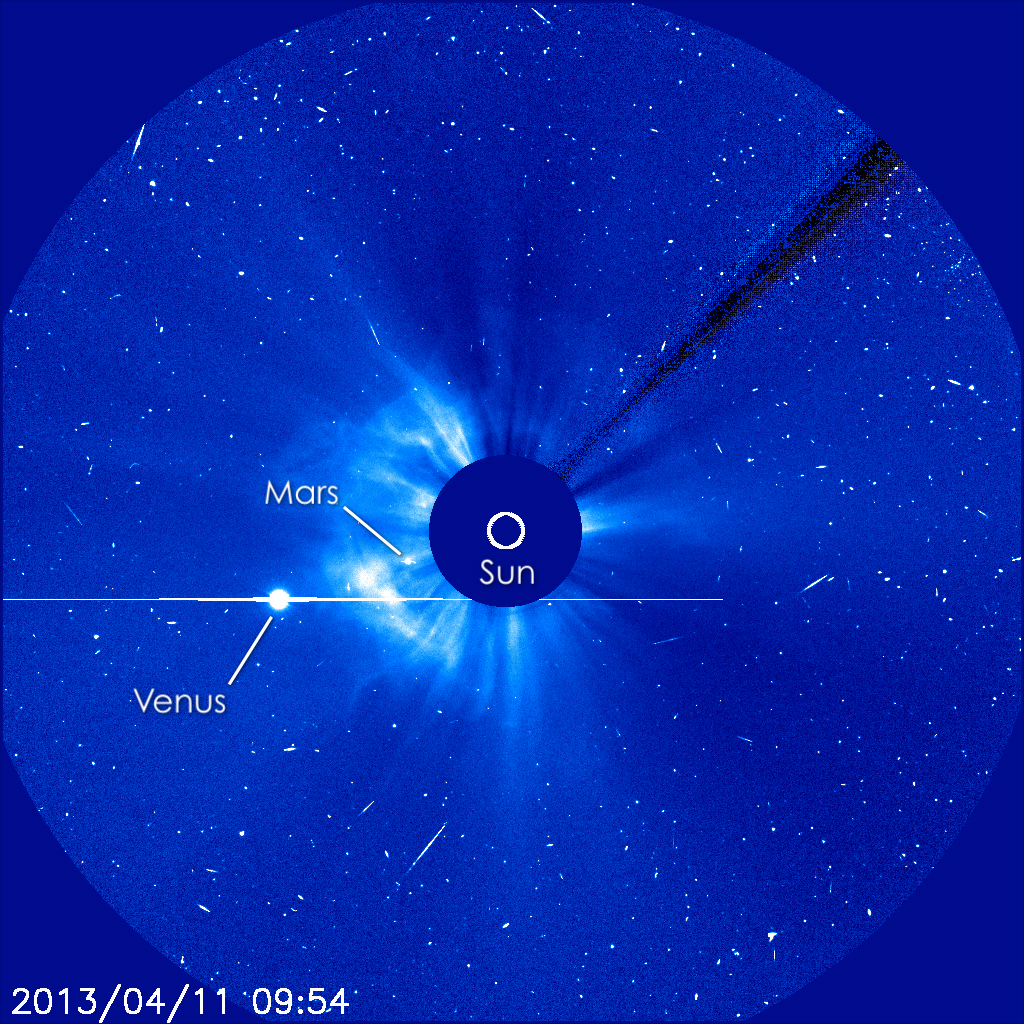
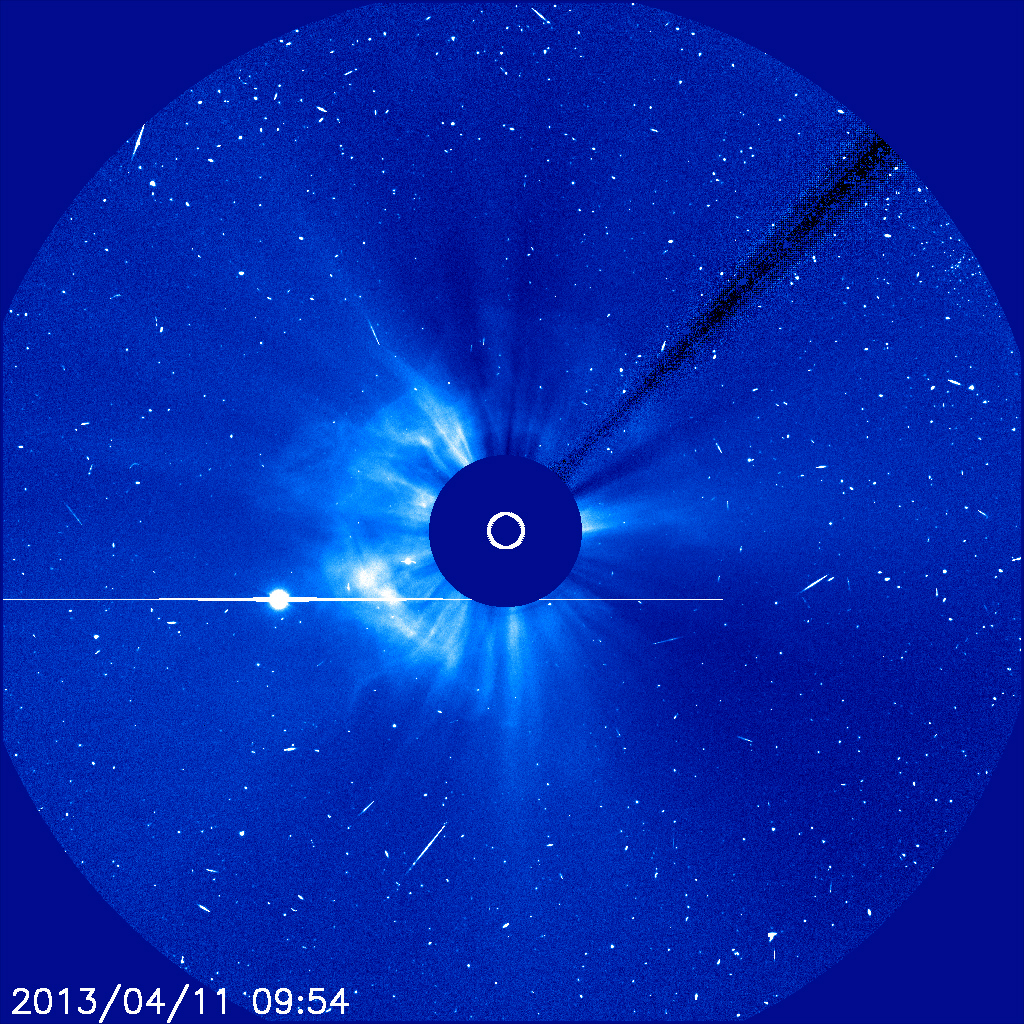
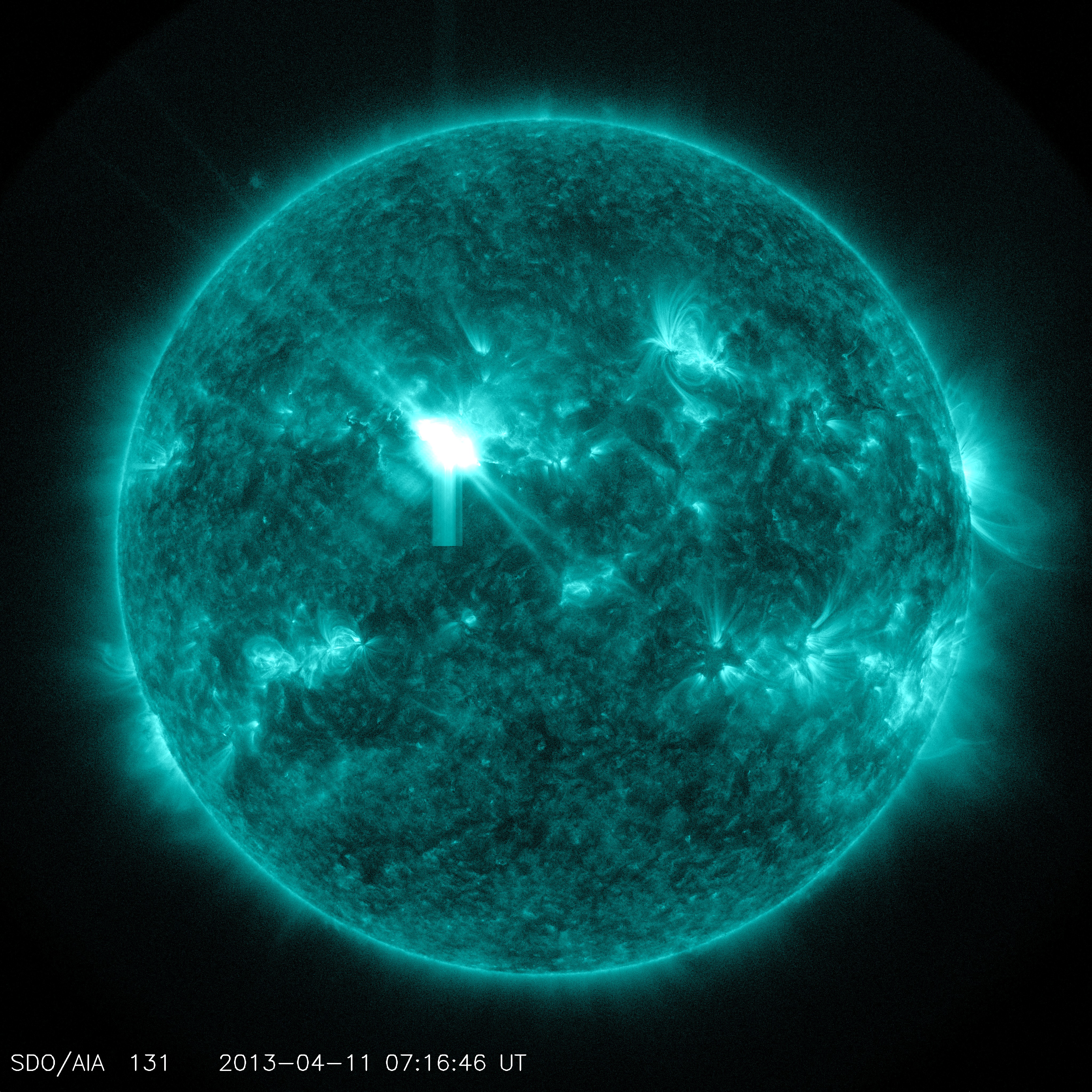
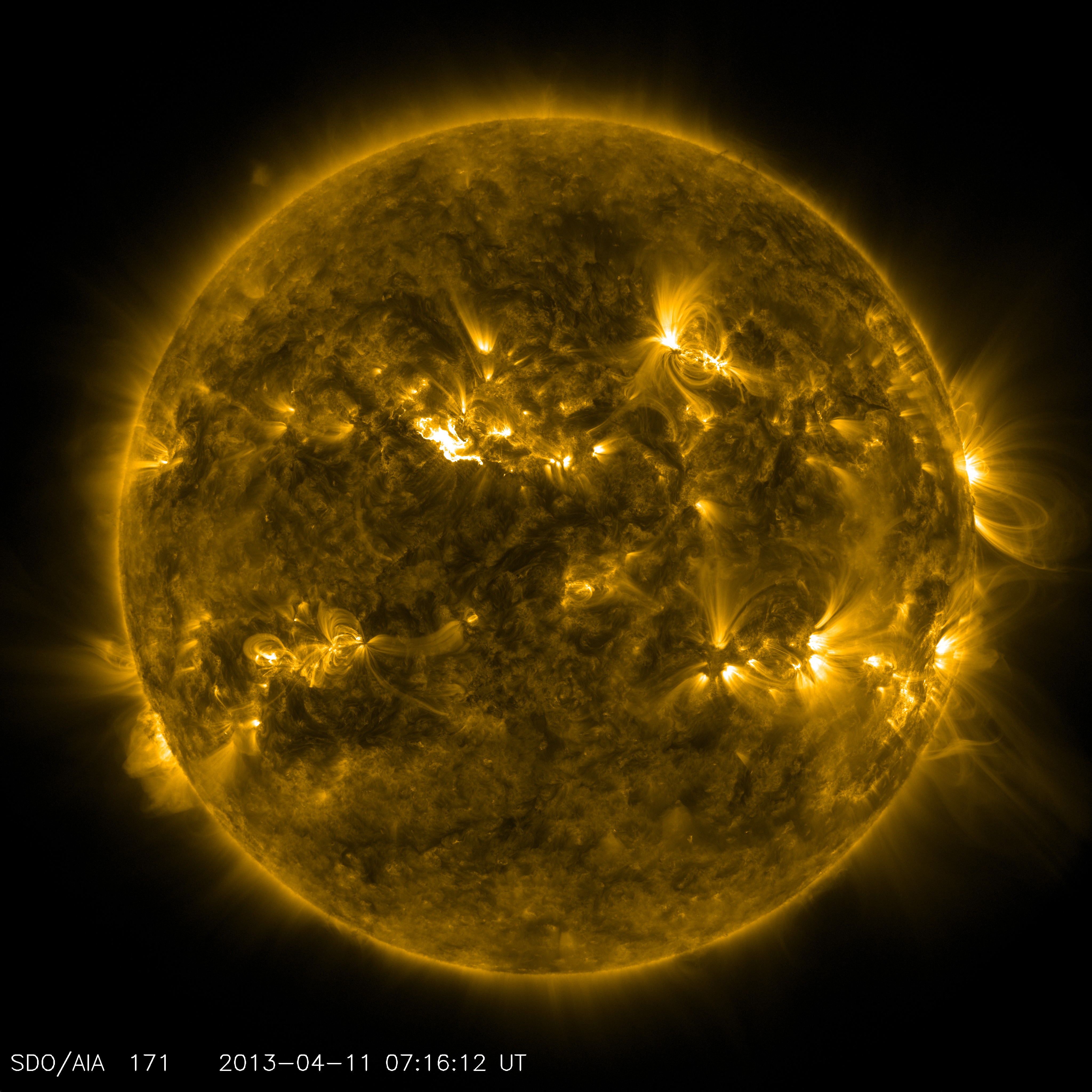
For More Information
Credits
NASA's Goddard Space Flight Center
https://svs.gsfc.nasa.gov/11246
Missions:
SDO
SOHO
Data Used:
SOHO
NASA and ESAAmong the SOHO instruments is the Michelson Doppler Interferometer (MDI) and the Extreme ultraviolet Imaging Telescope (EIT).
SOHO/Large Angle Spectrometric COronagraph (LASCO)/C2 also referred to as: LASCO/C2
NASA and ESASOHO/Large Angle Spectrometric COronagraph (LASCO)/C3 also referred to as: LASCO/C3
NASA and ESASDO/AIA/171 Filter also referred to as: AIA 171
JOINT SCIENCE OPERATIONS CENTERSDO/AIA/131 Filter also referred to as: AIA 131
JOINT SCIENCE OPERATIONS CENTERThis item is part of this series:
Heliophysics Breaking News
Goddard TV Tape:
G2013-021 -- 2013 Heliophysics Breaking News
Keywords:
SVS >> HDTV
SVS >> SOHO
GCMD >> Earth Science >> Sun-earth Interactions
GCMD >> Earth Science >> Sun-earth Interactions >> Solar Activity >> Solar Flares
GCMD >> Earth Science >> Sun-earth Interactions >> Solar Activity >> Solar Ultraviolet
SVS >> Space Weather
SVS >> SDO
SVS >> Solar Dynamics Observatory
SVS >> Heliophysics
NASA Science >> Sun
GCMD >> Earth Science >> Sun-earth Interactions >> Solar Activity >> Coronal Mass Ejections
SVS >> Extreme Ultraviolet Imaging
SVS >> EUV Imaging
GCMD keywords can be found on the Internet with the following citation: Olsen, L.M., G. Major, K. Shein, J. Scialdone, S. Ritz, T. Stevens, M. Morahan, A. Aleman, R. Vogel, S. Leicester, H. Weir, M. Meaux, S. Grebas, C.Solomon, M. Holland, T. Northcutt, R. A. Restrepo, R. Bilodeau, 2013. NASA/Global Change Master Directory (GCMD) Earth Science Keywords. Version 8.0.0.0.0











